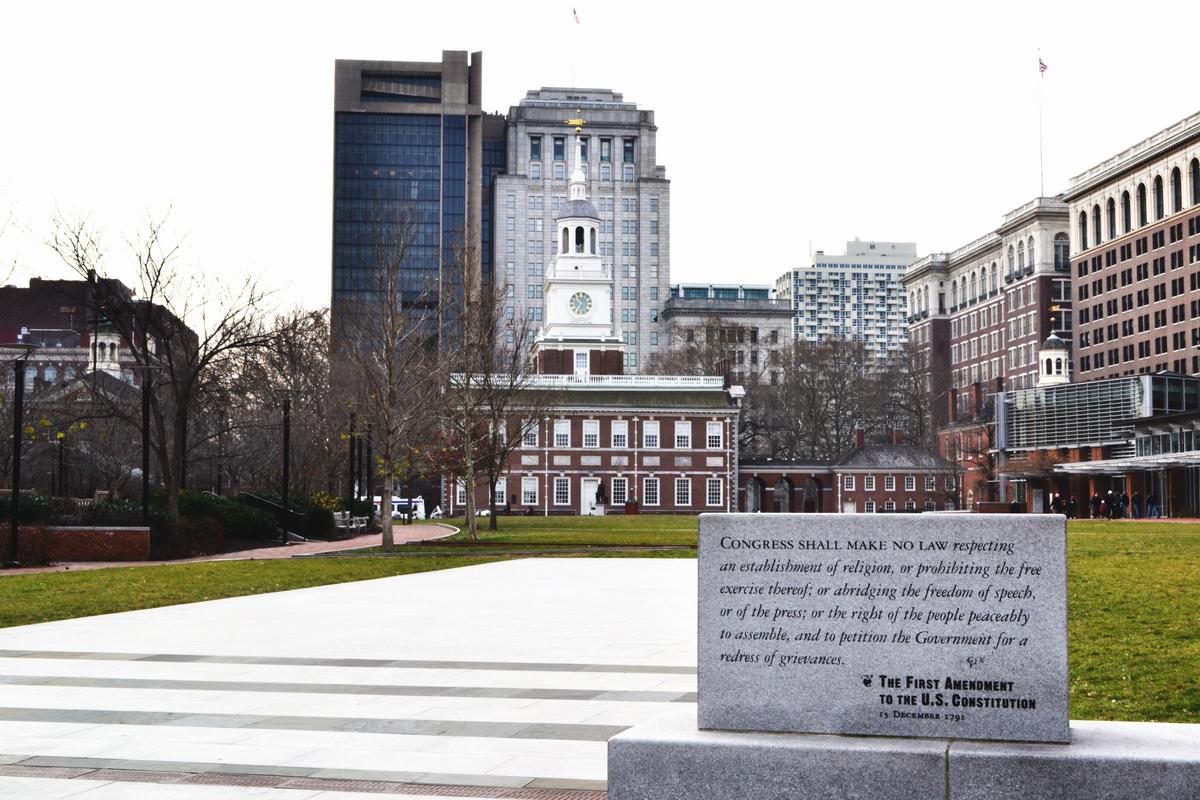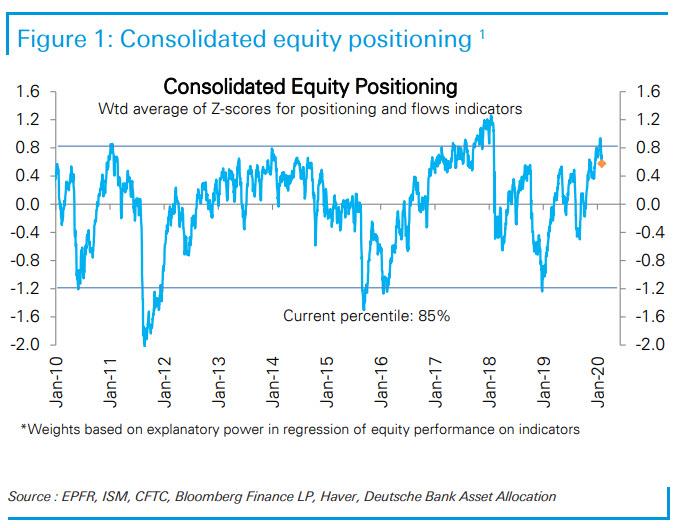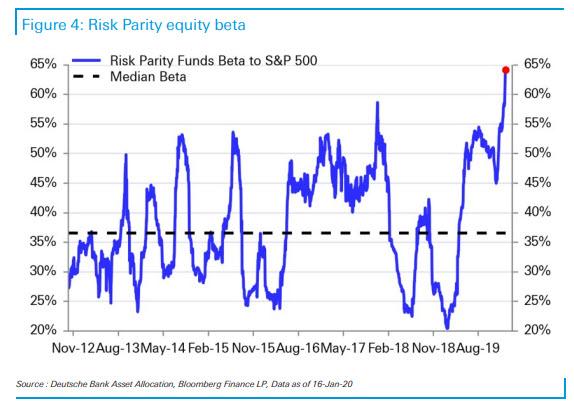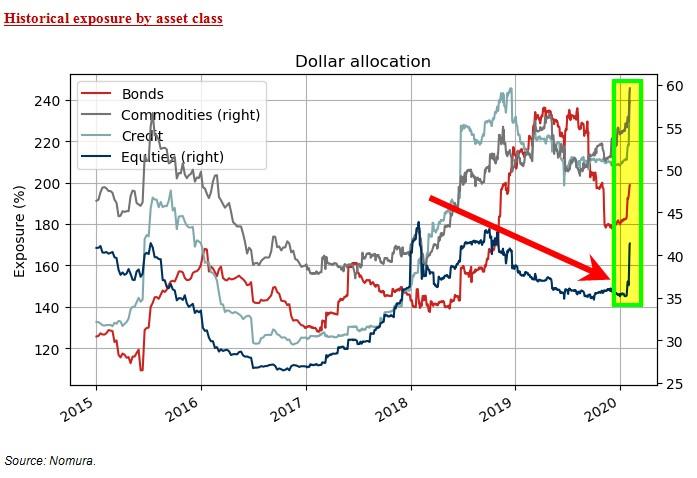YouTube Says It Will Ban “Manipulated” Election Content
The left seems to not understand that the more they try to micromanage our freedom – whether it be from taxes, social media censorship, subsidies or any other brilliant ideas they have – the worse things get.
Take Monday’s unmitigated Iowa caucus shitshow, for example. But that hasn’t stopped left wing social media companies from continuing to think that they are so integral to the integrity of our democracy that they need to actively do even more to “regulate” their platforms now that it is an election year.
Because after all, we can’t have a repeat of 2016, right?
For instance, yesterday YouTube announced it was going to be selectively removing “election-related” videos that are “manipulated or doctored” to mislead votes, according to Yahoo Finance.
Who is going to determine what is misleading, you ask? Well, the fine folks on the far left in Silicon Valley, of course.
YouTube says it’ll be taking the measures as it strives to become a “more reliable source” for news and to promote a “healthy political discourse” amid heightened fears over video fakes around the world.
Leslie Miller, YouTube’s vice president of government affairs and public policy, said: “…the service’s community standards prohibit content that has been technically manipulated or doctored in a way that misleads users… and may pose a serious risk of egregious harm.”
The announcement was made just hours before the Iowa caucuses and comes amid heightened concern for “deepfake” videos that are altered using AI and can create credible looking events. Google had already committed last year to “stepping up efforts” on election misinformation.
Paul Barrett of the New York University Center for Business and Human Rights said: “The underlying standards YouTube explains and illustrates today do not appear to be brand new, but the company deserves praise for setting them out in clear terms and warning that it intends to enforce them vigorously.”
“YouTube’s statement today appears to reiterate its determination not to allow its users to be conned during the 2020 election campaign,” he continued.
Twitter, meanwhile, has taken a different step and banned all political ads for candidates on its platform. Facebook is now maintaining a “hands off” stance on the ads.
Karen Kornbluh, a German Marshall Fund researcher who follows political disinformation said: “Each platform is weighing free expression against voter manipulation, but the information operations work across platforms and exploit these loopholes.”
Recall, last year, YouTube banned Zero Hedge friend and Cornell professor Dave Collum from its platform for “hate speech” after he participated in a podcast about libertarian politics and alternate theories regarding the Las Vegas shooting and 9/11.
And another question: who is going to monitor the mainstream media sources and make sure they’re not the ones using deepfakes?
Tyler Durden
Wed, 02/05/2020 – 14:50
via ZeroHedge News https://ift.tt/2S1uLa4 Tyler Durden







